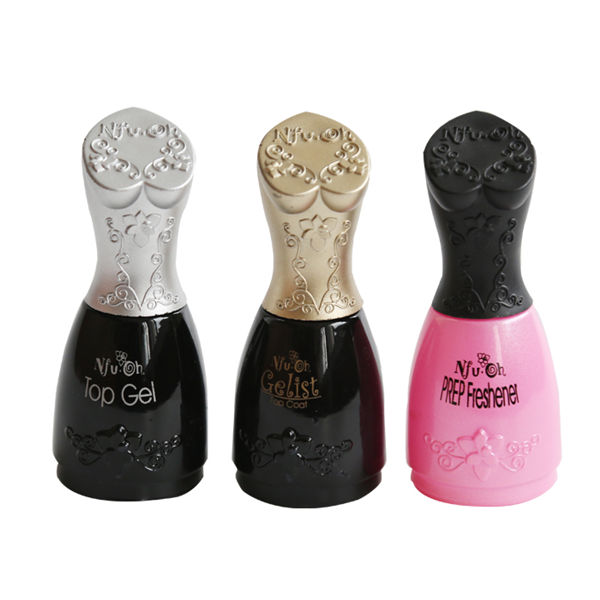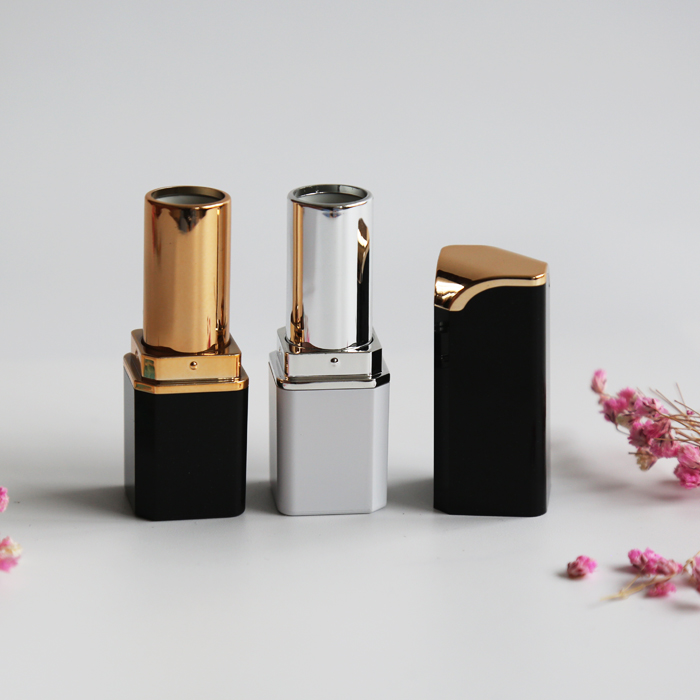Glass bottle is the main category of cosmetic packaging materials. It is mainly used in skin care products (cream, lotion), perfume, essential oil and nail polish. Small capacity, more than 200ml capacity, rarely used in cosmetics. Glass bottles are also divided into wide mouth bottles and narrow mouth bottles. Solid paste generally uses wide mouth bottles, which should be equipped with electrochemical aluminum caps or plastic caps. The caps can be used for color spray and other effects; Emulsion or water agent pastes generally use narrow mouth bottles, which should be equipped with pump heads. If the cover is equipped with an internal plug, the small hole of the water agent is the same as the internal plug, and the thick lotion is equipped with a large hole internal plug.
1、 Appearance quality requirements
1. Foreign matters: there shall be no rust, oil and water stains that are difficult to erase. There shall be no paper scraps, insects, hair, broken glass, metal, a large amount of dust and other foreign matters in the bottle
2. Bottle mouth: no big mouth, small mouth, crack, damage and burr; The bottleneck has no obvious skew or displacement, which affects the filling and compatibility.
3. Thread: it must be smooth and flat without deformation, deformity and roughness
4. Clamping line: there shall be no obvious bulge, dislocation of double clamping line and sharp burr that affect the safety and fit
5. Upright: the bottom of the bottle has no concave convex deformation and stability.
6. Bottle body: the thickness is uniform within the receiving range, and the thickness is not less than 1.5mm. All parts of the bottle shall be free of cracks, cracks and damages.
8. Heterochromatic point: allowed on the main view surface Φ I or 2 non concentrated points ≤ 0.5mm, but do not affect the logo and layout; Non principal visual surface permission Φ 2 or 3 non concentrated points ≤ 0.5mm, but do not affect the layout.
9. Bubbles: main view allowed Φ 1 or 2 bubbles ≤ 0.5mm, but do not affect the logo and layout; Allowable for non principal view Φ Less than 3 bubbles ≤ 1mm and do not affect the layout; But no broken bubbles are allowed.
10. Sand hole: allowed on the main view surface Φ I or 2 sand holes ≤ 0.5mm, but do not affect the logo and layout; Allowable for non principal view Φ 3 sand holes ≤ 1mm and do not affect the layout.
2、 Surface treatment and graphic printing requirements
1. Printing quality: the content, font, deviation, color and size of the pattern and text must meet the requirements of the standard sample, and the pattern or font must be neat and clear, without obvious font blur, color difference, displacement, burr, inaccurate overprint, etc.
2. Printing position: 30ml is not full, the allowable deviation of up and down is ± 0.5mm, and the deviation of left and right inclination is ± 0.25mm; For more than 30ml, the allowable deviation from up to down is ± 0.75mm, and the deviation from left to right is ± 0.25mm.
3. Printing, bronzing and spraying strength: no obvious falling off when tested with 3m810 tape (the font is allowed to fall off slightly, but it does not affect reading); If necessary, use 100 grid, content coating, alcohol resistance and friction test, and there shall be no obvious abnormalities.
4. Frosting requirements: the surface thickness is appropriate and the thickness is moderate. The position of frosting generally does not rise to the bottom of the thread and is not lower than the junction between the bottleneck and the bottle body. There are no bright spots on the front of the bottle body. At most, there are 5 bright spots on the side of the bottle body with a maximum of 0.8mm and 5 bright spots at the bottom with a maximum of 1.0mm.
5. Adhesion of electroplating / spraying: use an art knife to draw 4 ~ 6 squares with side length of about 0.2cm at the electroplating / spraying part (scratch the electroplating / spraying coating), stick 3m-810 tape to the squares for 1 minute, and then tear them off at an angle of 45 ° ~ 90 ° with force without falling off.
6. Put the glass bottle into a container containing 50% alcohol and soak it for 2 hours. There is no abnormality.
4.Physical and chemical performance standards
|
Inspection items
|
Inspection requirements |
|
Heavy metal content |
he sum of the total contents of lead, cadmium, mercury and hexavalent chromium ≤ 200mg / kg, excluding arsenic
|
|
internal stress
|
≤ Level 3 |
|
Thermal shock resistance |
42℃
|
|
Water resistance of inner surface |
HC3
|
|
Impact resistance
|
0.6J |
5、 Content requirements
Measure a certain amount of water with a measuring cylinder and fill it to the shoulder of the bottle to calculate whether it meets the requirements of net content. If necessary, test with the actual content. When the content is filled to the shoulder of the container (beautiful filling height), it shall be greater than the marked value of the product and less than 105% of the marked value of the product.
6、 Compatibility requirements
The bottle and cover (nozzle), gasket and inner plug (inner bowl) shall be matched smoothly, and shall not be too tight, too loose, crooked head and slippery teeth; The distance between the bottle and the cover (nozzle) is between 0.3-0.8mm.
Post time: May-12-2022


